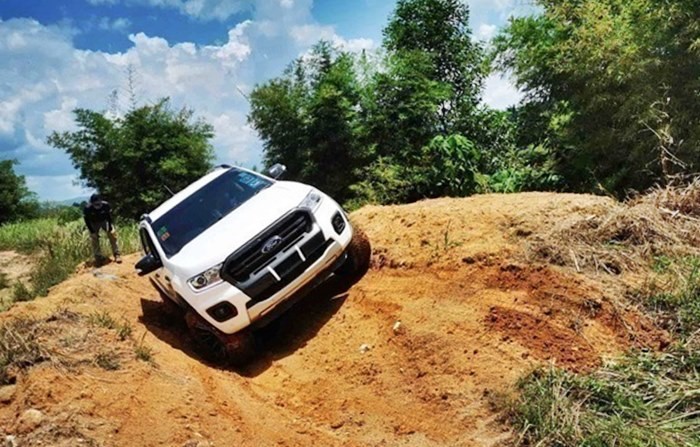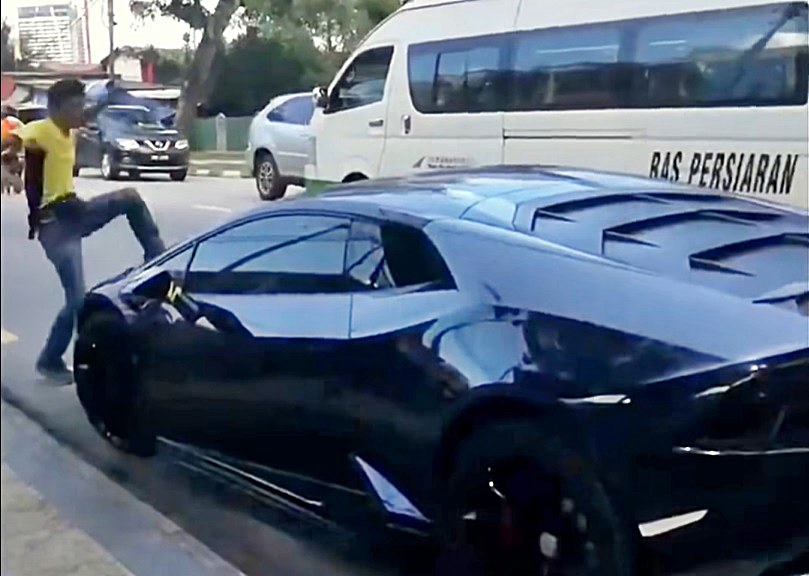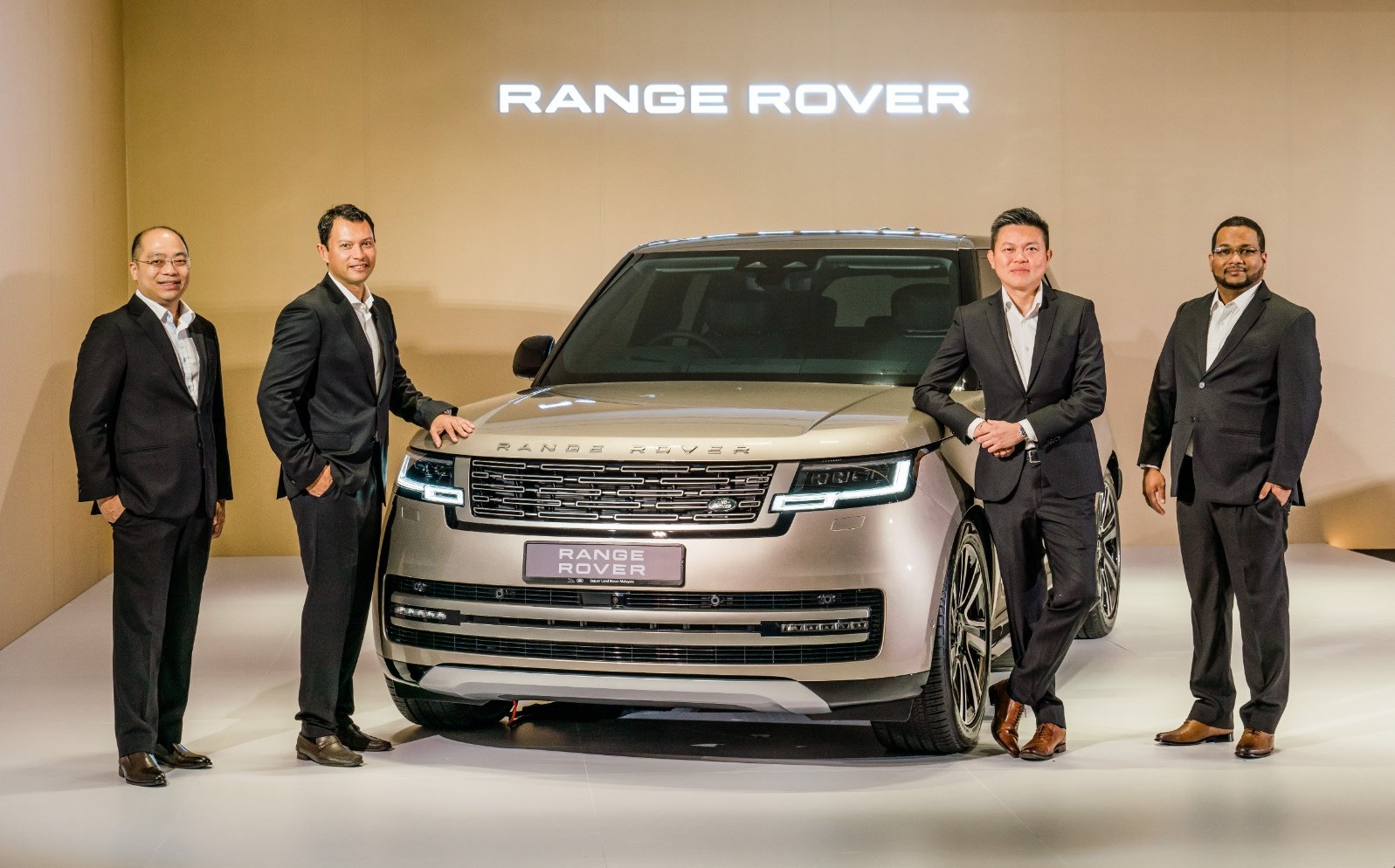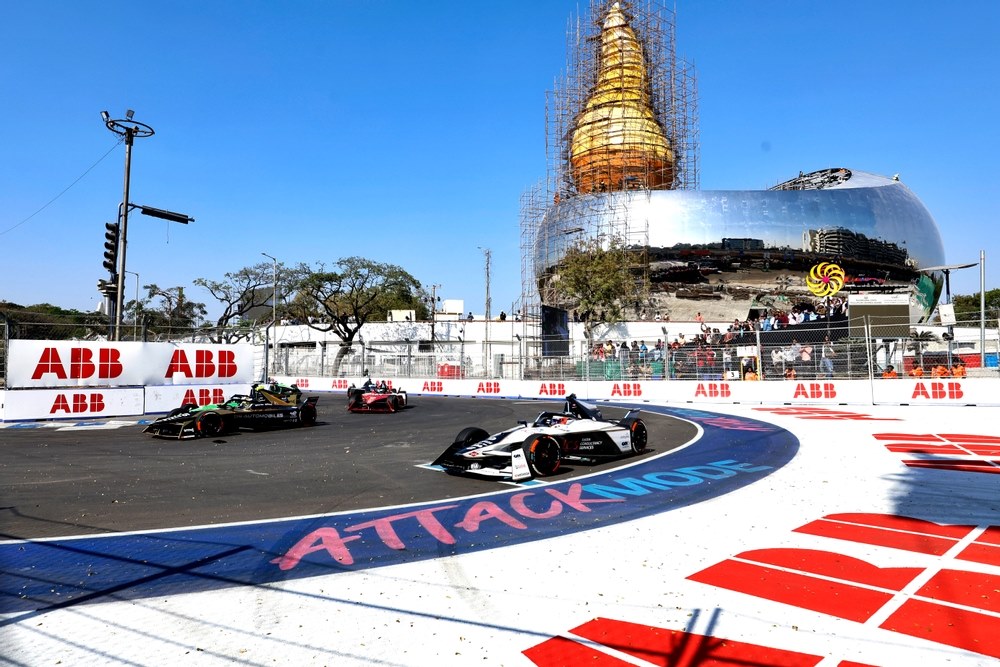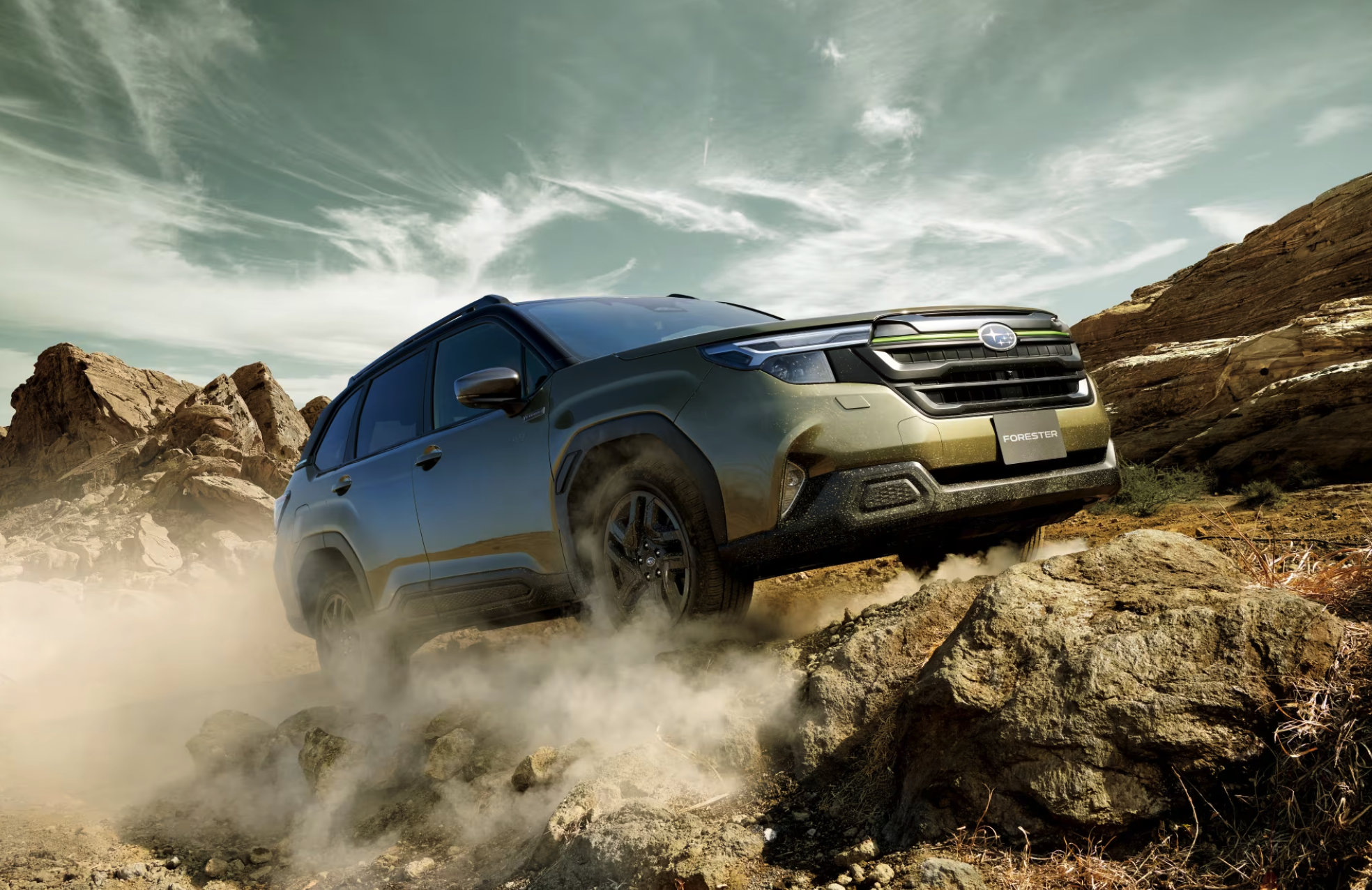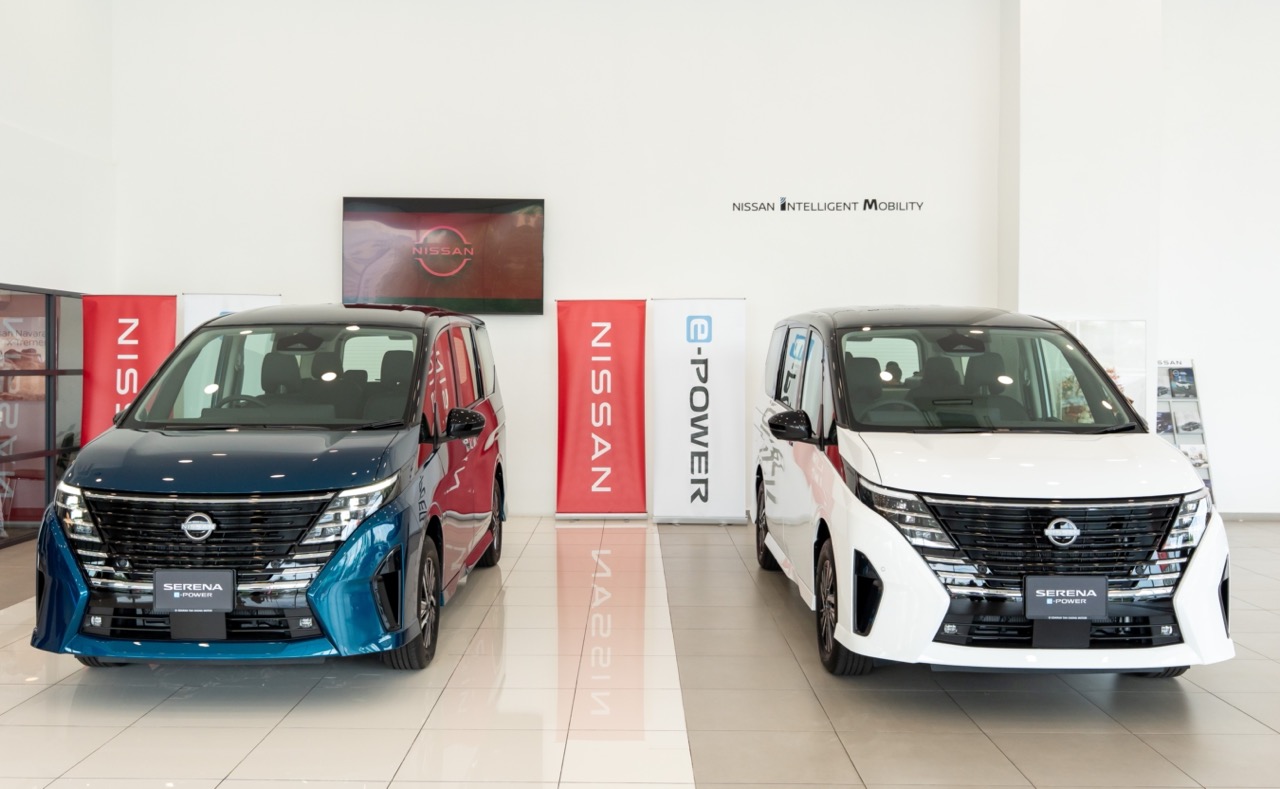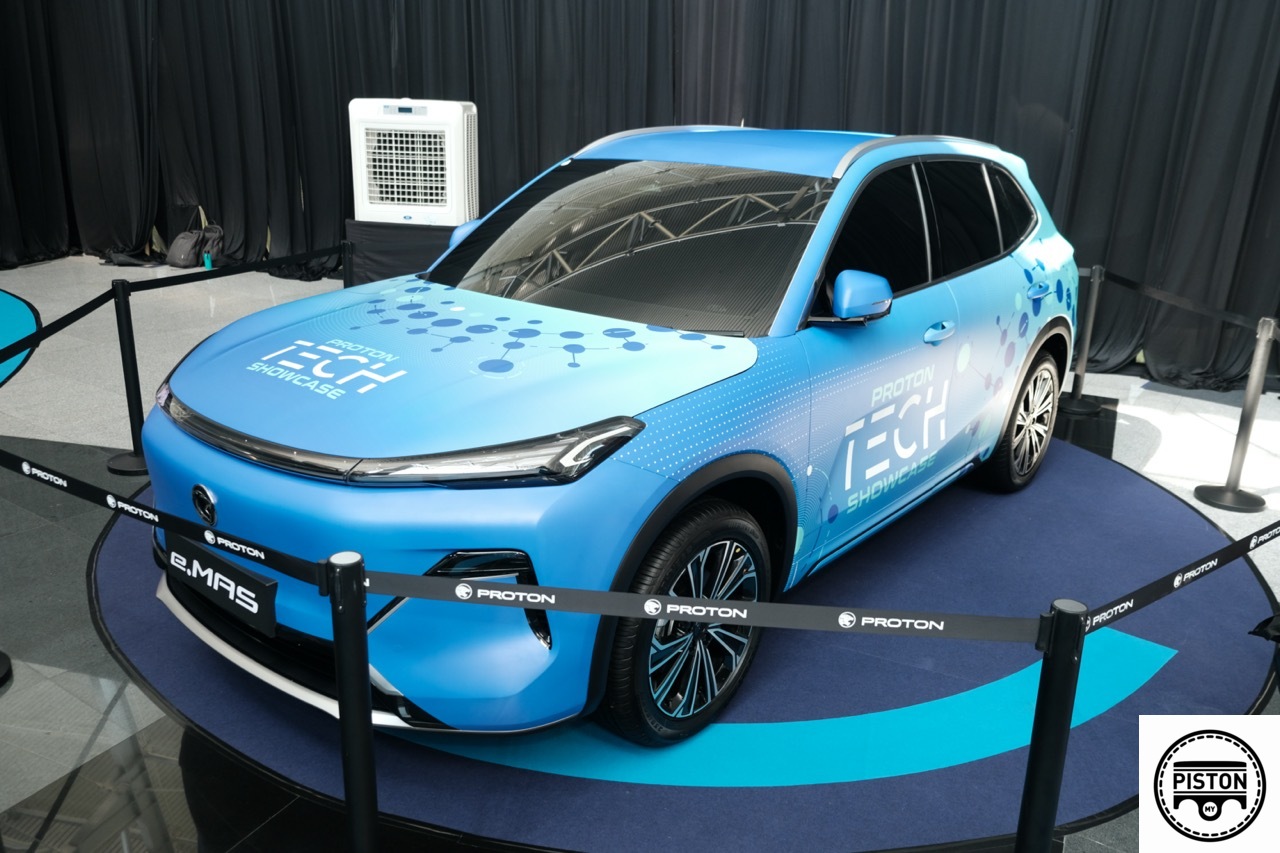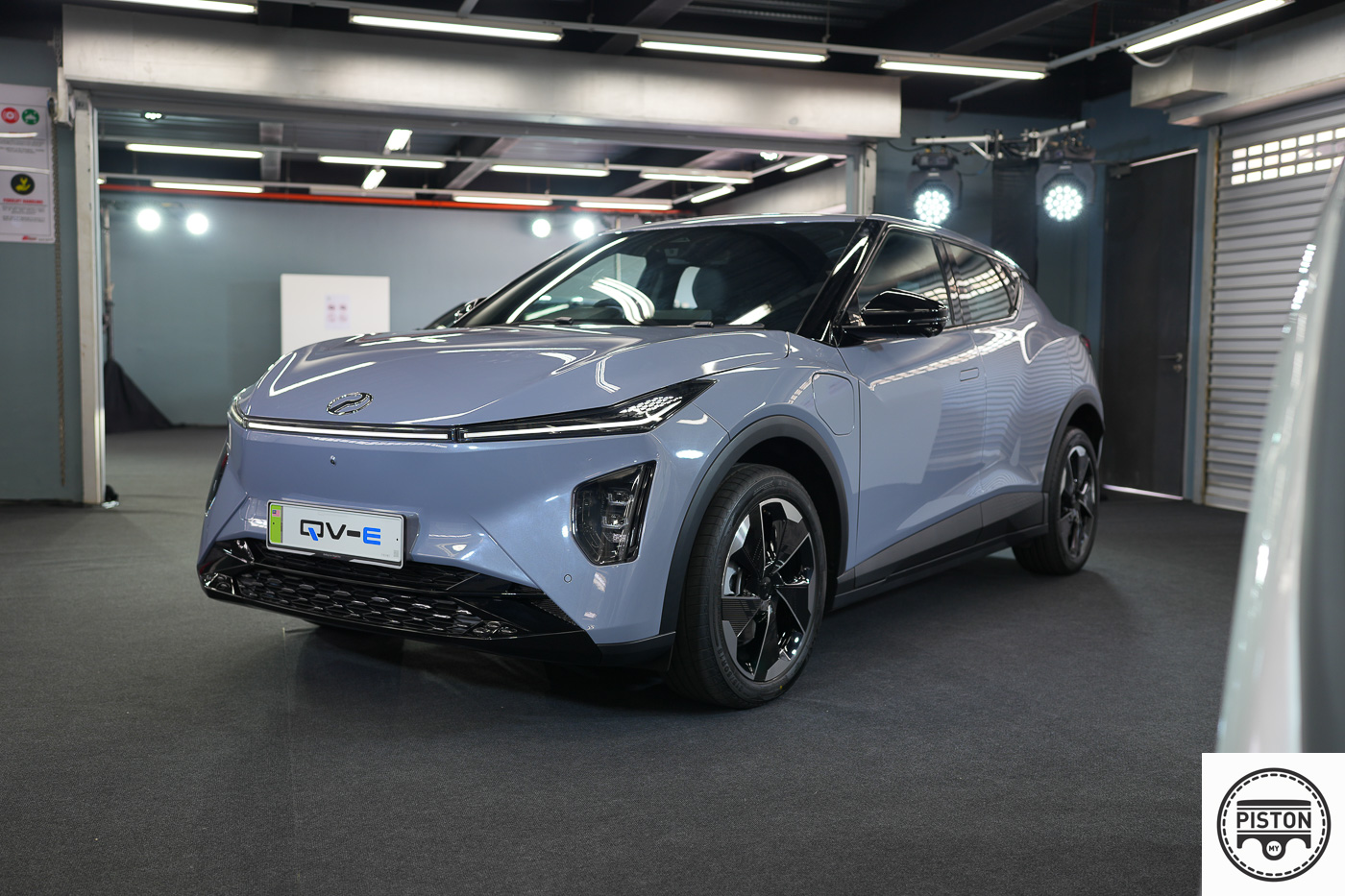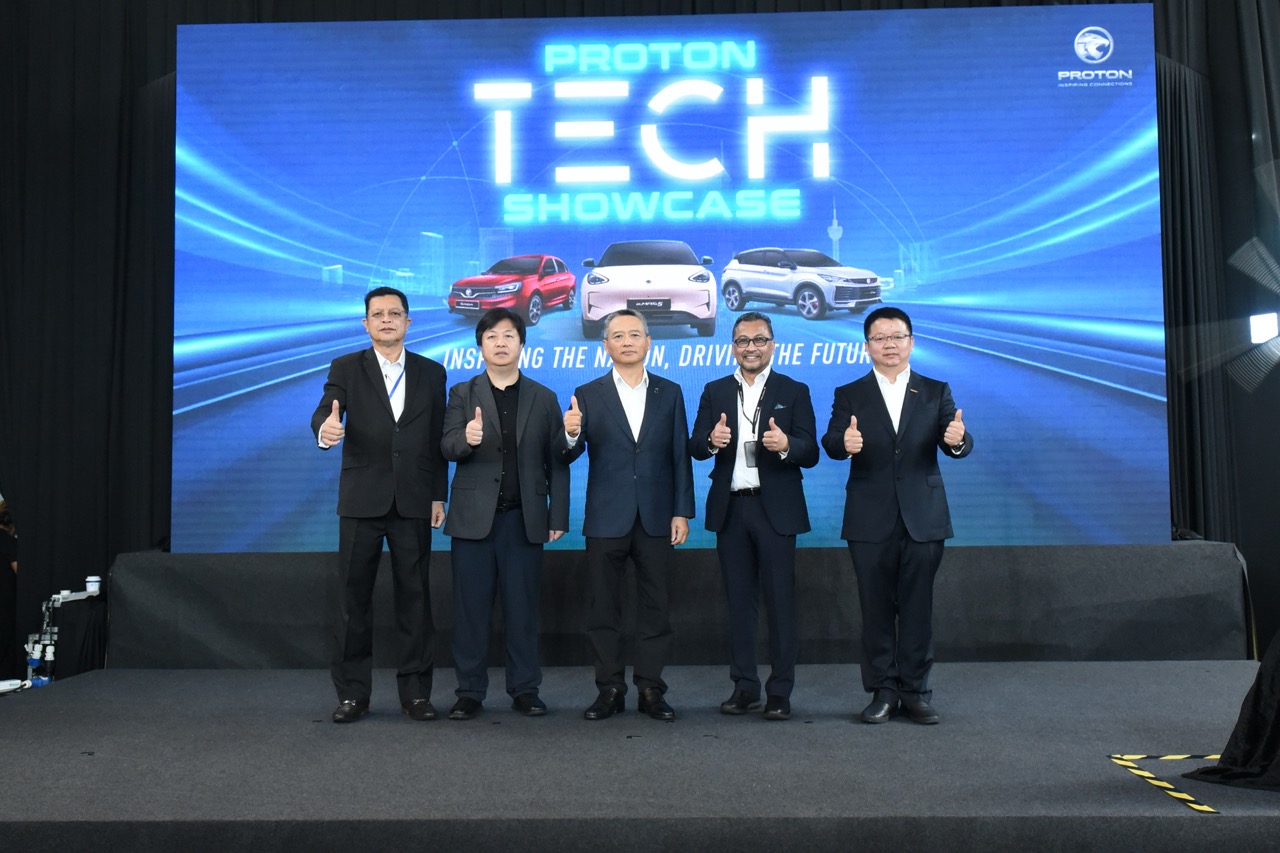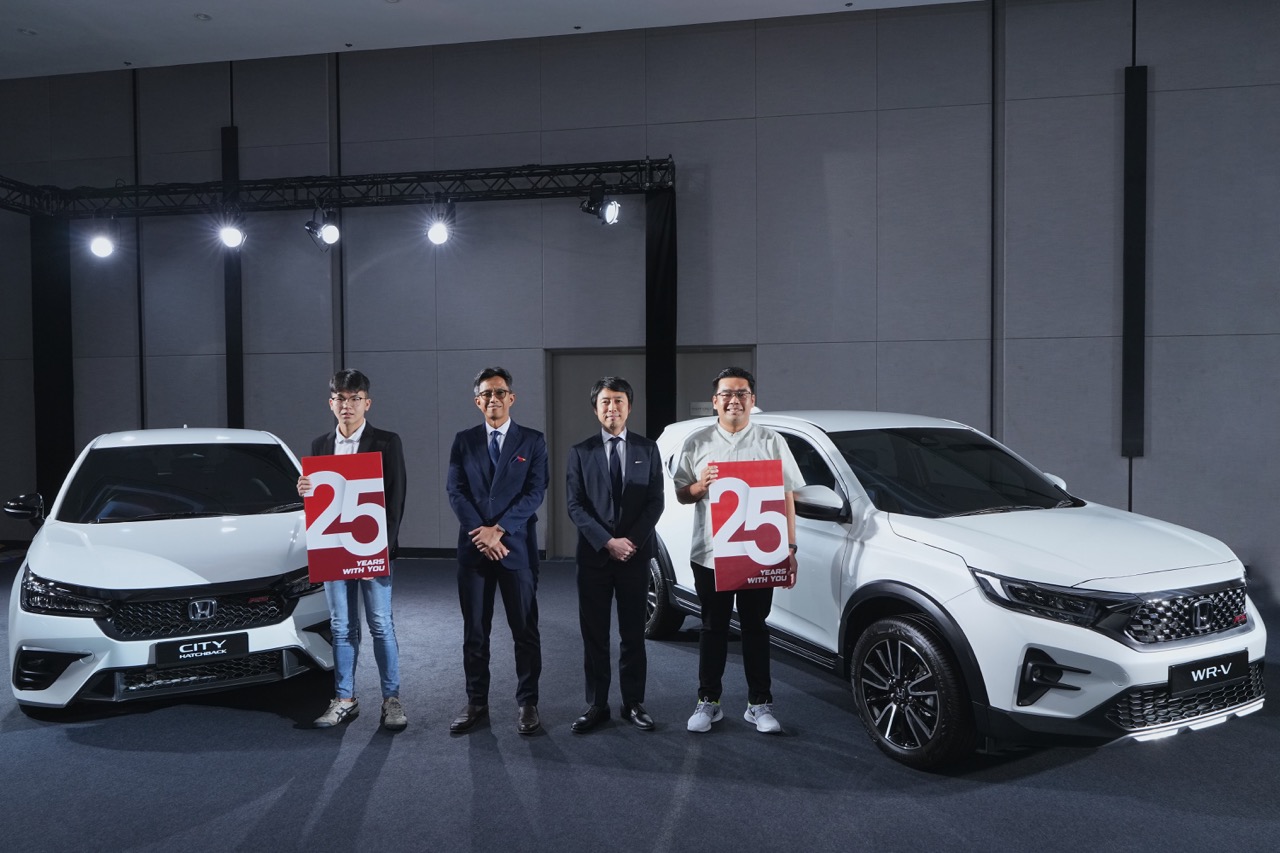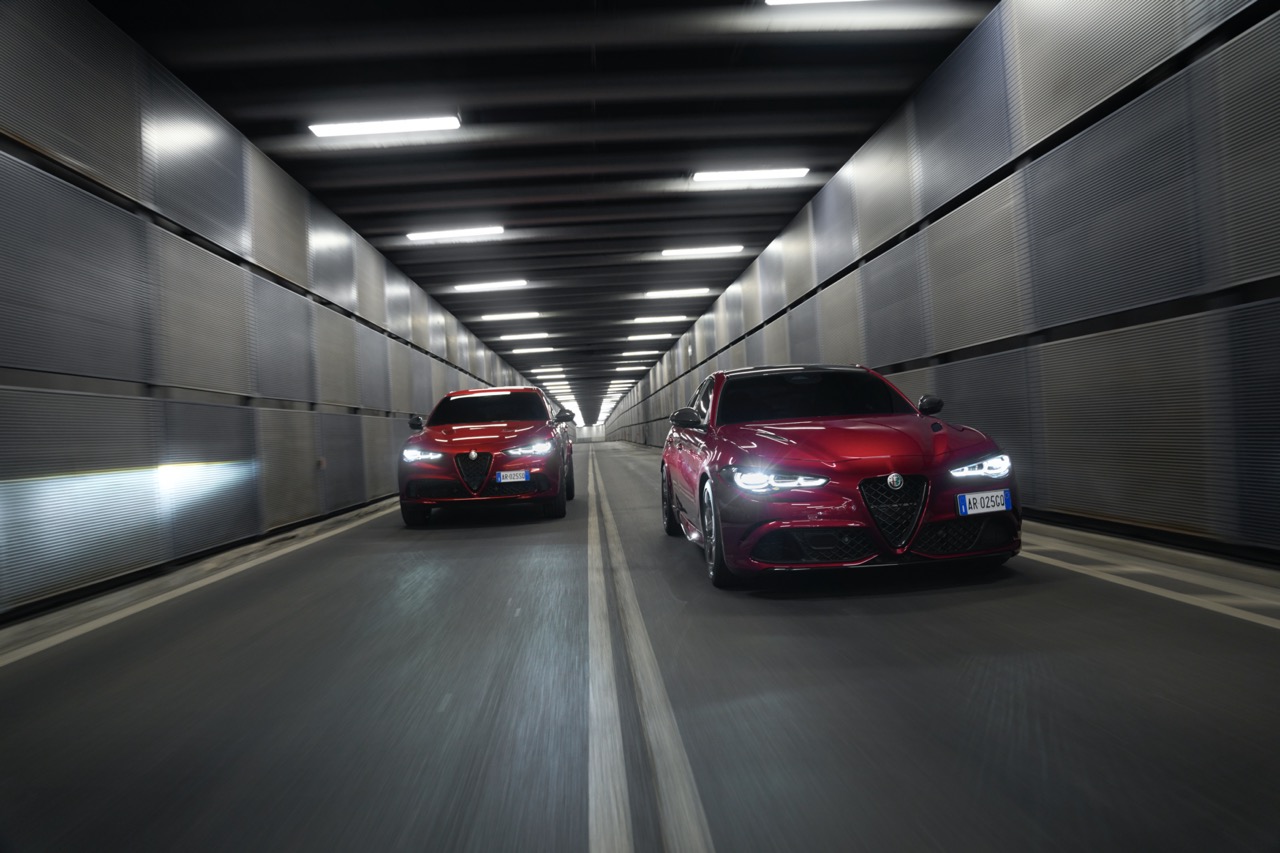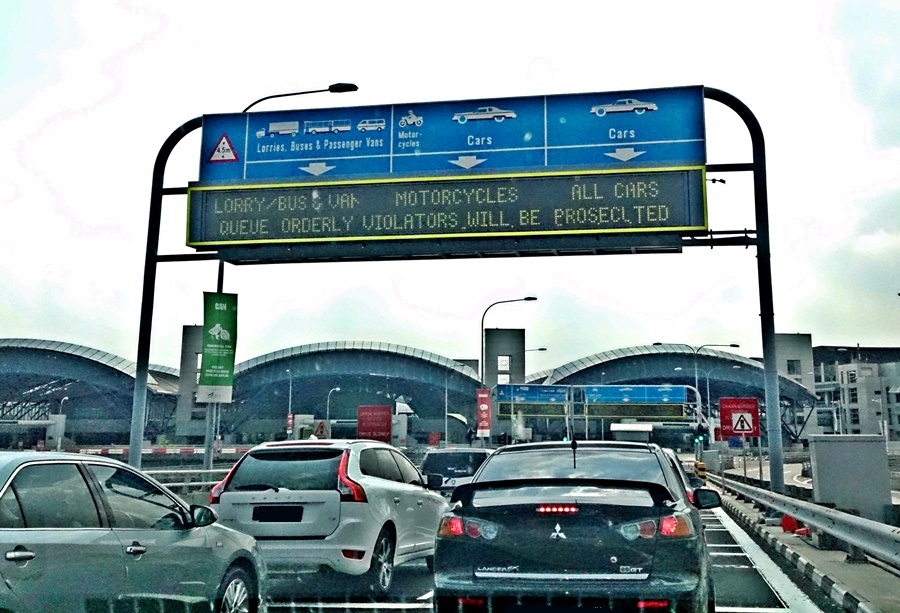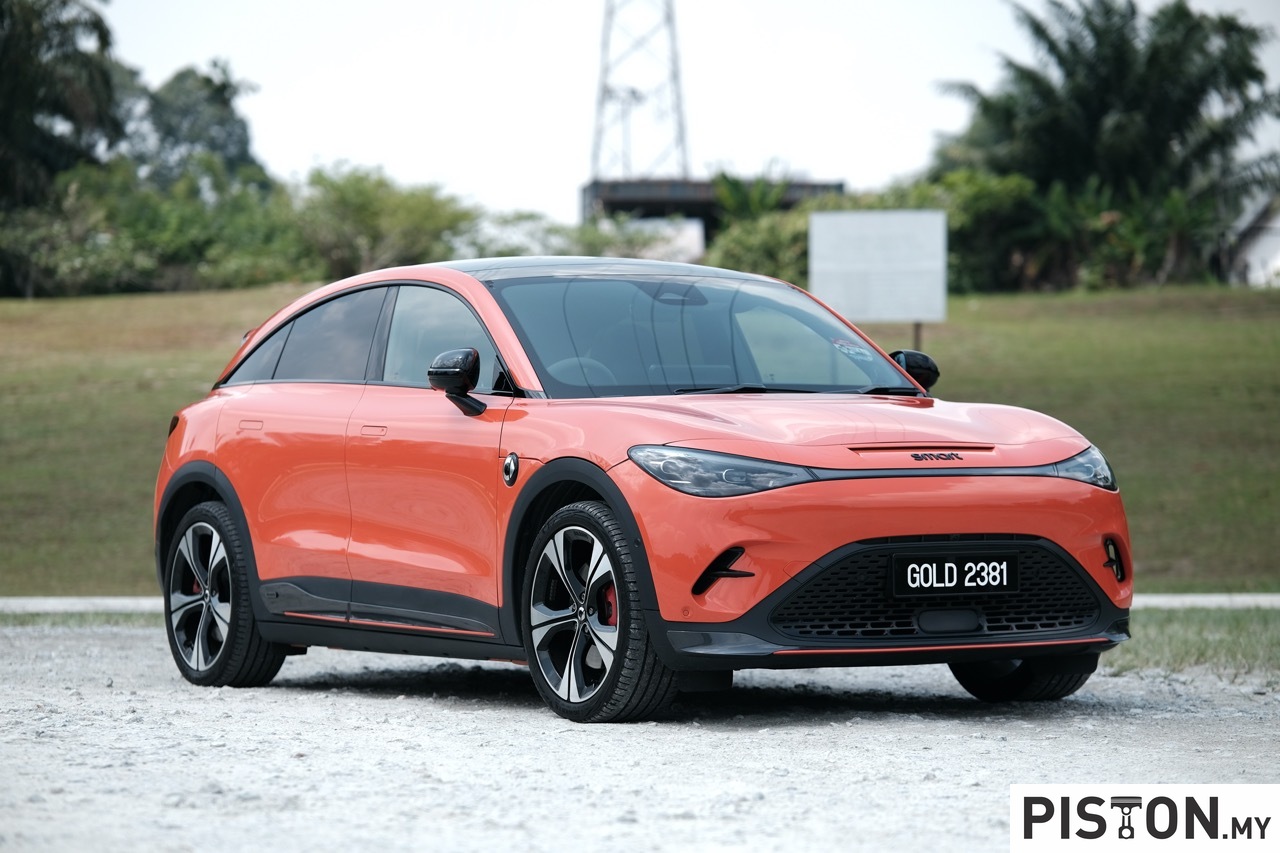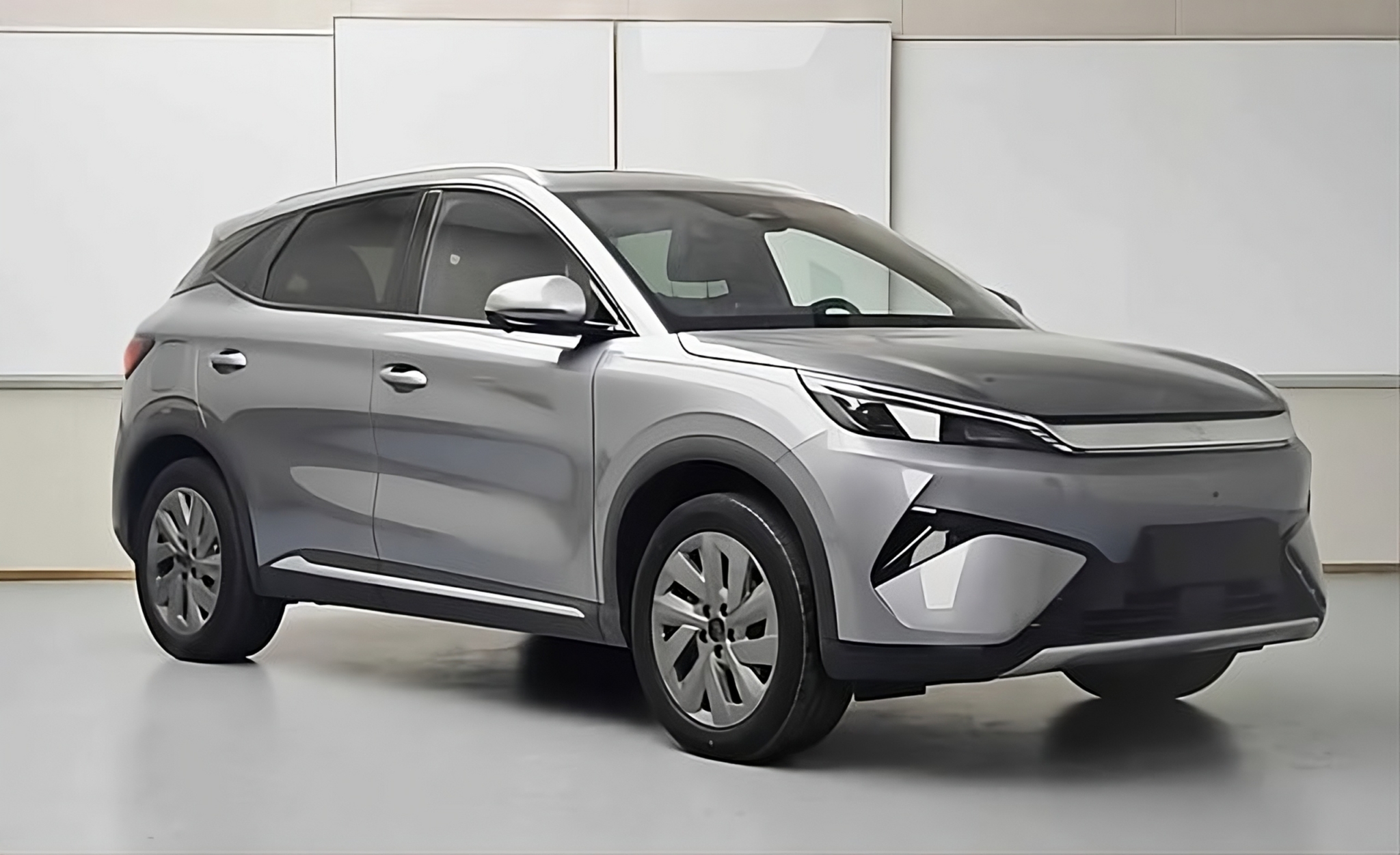High-speed car chases with police chasing the bad guys are usually what you see in movies or, in more recent times, videos of the cops in America in real-life action. So it must have been quite amazing for motorists in the Klang area to see a real-life chase recently.
The chase was over a distance of 30 kms as police pursued a robbery suspect from Banting to Port Klang in Selangor. According to South Klang district police chief Cha Hoong Fong, the 31-year old suspect was driving a Proton Inspira recklessly along the road near the Kampung Pendamar Mosque. He was unable to avoid oncoming traffic as he tried to squeeze between two cars that slowed down to cross over a speed bump.
(more…)

